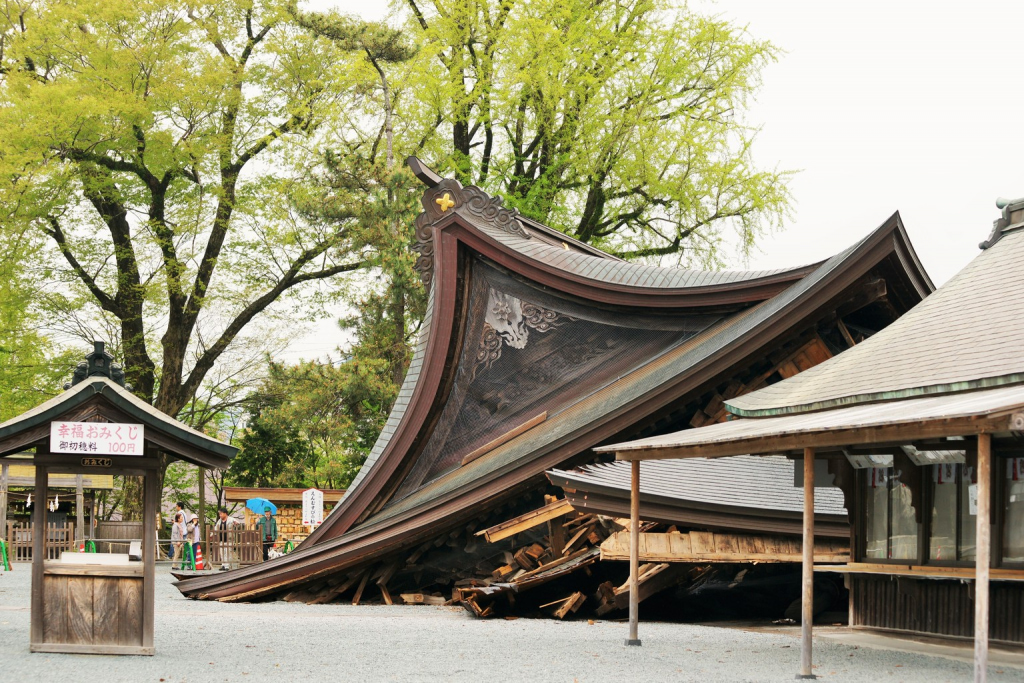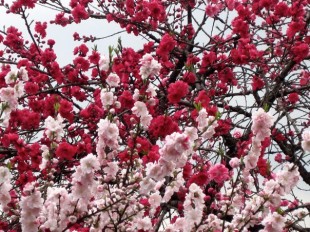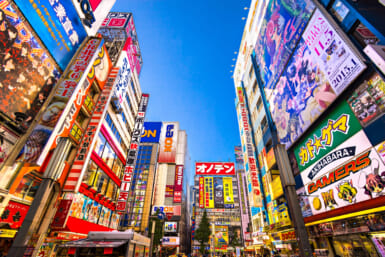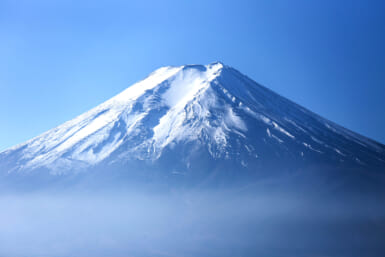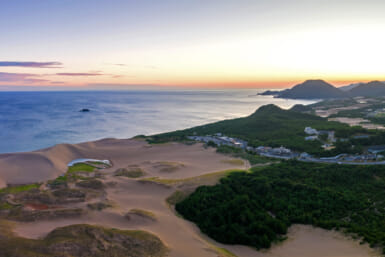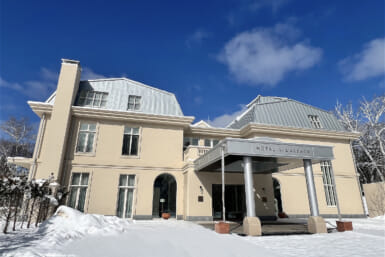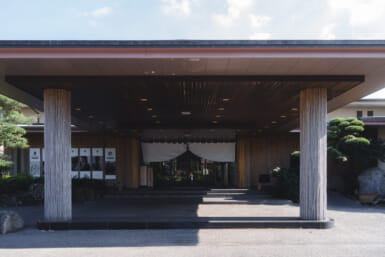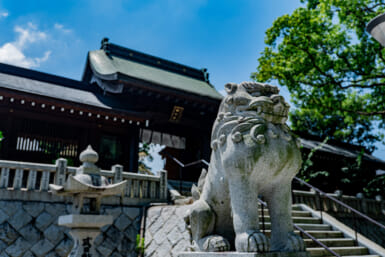After the recent earthquakes in Kumamoto, Brian Christian reflects on the country’s continued child-like delight in its bounty.
There are many good reasons to enjoy life in Japan, but foremost among them must be its four distinct and very different seasons, each celebrated with its own food, festivities and traditions. There cannot be many other countries where even the beer is seasonal!
I know that in early May some days can still bring an occasional untimely reminder of winter’s chill but here in Tokyo the hanami parties are now a fading memory and the freshness of springtime is already beginning to give way to summer’s early warmth.
Last week I enjoyed a walk in Shinjuku Gyoen, the beautiful national garden next to Sendagaya Station. If you haven’t been, it is well worth a visit and for most of the year it is the most tranquil of the city’s green spaces. A month ago it was a very different place – crowds milling on the footpaths, families with their picnics sprawled out on the lawns, every park bench occupied by a cloth-capped senior citizen soaking up the springtime sunshine. The photographers were there too, of course: professional tripod-wielding types with their horribly expensive lenses, shoulder to shoulder with the smartphone paparazzi trying to capture that special sakura moment to post on Facebook or to Snapchat all over the world to less fortunate friends.
The delicate candy-floss clouds of cherry blossom have long gone now; even the deeper shades of the double-flowered yaezakura and the false flowers of the hanamizuki are no more than a fading memory. But that simply means that the azaleas must be in bloom and that soon we can look forward to the wisteria and the lace-capped hydrangeas.
The Japanese do love their blossoms. In fact, they love their trees. Note how caringly the ginkgos lining the streets have been pruned and cossetted to preserve and enhance that instantly recognizable cone of green (and autumnal yellow). Think back to the October crowds enjoying the reds and golds of autumn, and take note of how many Tokyo apartments make room for a lovingly tended bonsai. For even the most committed city dweller there is in Japan a remarkably vivid sense of connection with the natural world.
Some may sense an irony in this, particularly so soon after the tragic events in Kumamoto and while the graphic TV coverage of the devastating impact of the 2011 tsunami remains seared into our memories. It seems perverse that the inhabitants of a country so threatened by forces of nature can take such child-like delight in its bounty. I prefer to see the simple logic in their attitude.
The Tohoku triple disaster was a violent 21st century tragedy shared globally through the extensive reach of modern media but Japan has always had to live with its geological vulnerability. The Great Hakuho Earthquake in November 684, which triggered a huge tsunami, is the first such recorded event in Japanese history but this is a country that has always endured in the shadow of nature’s grim destructive power. No wonder then, that its people derive such innocent pleasure from its gentler, more appealing face.
This is a country where it seems right to give thanks for all the good things that nature gives us, where we are constantly reminded of our responsibilities as custodians of the natural world – and where respect for a power far beyond our control comes easily. In other words, a country where the paradox of the earthquake and the cherry blossom makes perfect sense.
Brian Christian is the Principal of the British School in Tokyo.
Main image: Collapse of Aso shrine from Kumamoto earthquake, April 16 2016, by Suttisak Soralump/Shutterstock

